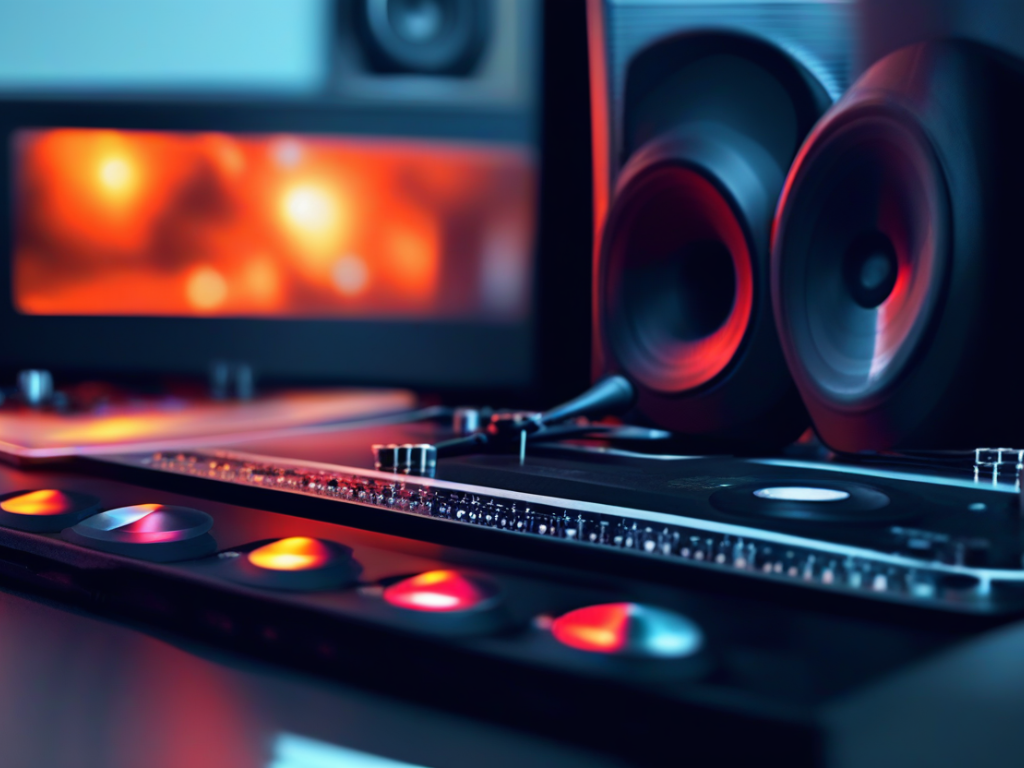As an audio enthusiast, you appreciate the importance of a high-quality music player in delivering an immersive listening experience. To truly optimize your music player for superior sound quality, it’s essential to understand the key factors that can impact the audio output. By implementing a few simple tweaks and adjustments, you can elevate your listening experience to new heights and unlock the full potential of your favorite tracks. In this guide, we will explore the various ways you can optimize your music player to achieve superior sound quality.
In this article you will find:
- 1. Choose the Right File Format
- 2. Use High-Resolution Audio Files
- 3. Upgrade Your DAC (Digital-to-Analog Converter)
- 4. Use a Dedicated Headphone Amplifier
- 5. Optimize EQ Settings
- 6. Invest in Quality Headphones or Speakers
1. Choose the Right File Format
When it comes to audio quality, the file format you choose can make a significant difference. Lossless formats such as FLAC and ALAC offer higher fidelity compared to compressed formats like MP3. By opting for lossless formats, you can preserve the original quality of the audio and enjoy a more detailed and nuanced sound.
2. Use High-Resolution Audio Files
High-resolution audio files contain more data and provide a more accurate representation of the original recording. Investing in high-resolution audio files, such as those in 24-bit/192kHz format, can enhance the clarity and depth of your music, allowing you to hear subtle details that may be lost in standard audio files.
3. Upgrade Your DAC (Digital-to-Analog Converter)
The DAC plays a crucial role in converting digital audio signals into analog signals that can be played through your headphones or speakers. Upgrading to a high-quality external DAC can improve the overall sound quality of your music player, reducing distortion and enhancing the dynamics of the audio.

4. Use a Dedicated Headphone Amplifier
A dedicated headphone amplifier can provide more power to drive your headphones effectively, resulting in better sound quality and improved dynamics. By using a headphone amplifier, you can ensure that your headphones are receiving the optimal level of power for clear and accurate sound reproduction.
5. Optimize EQ Settings
Adjusting the equalizer settings on your music player can help tailor the sound to your preferences and the characteristics of your headphones or speakers. Experiment with different EQ settings to find the ideal balance of bass, mids, and treble that suits your listening style and enhances the overall sound quality.
6. Invest in Quality Headphones or Speakers
The quality of your headphones or speakers can have a significant impact on the sound quality of your music player. Investing in high-quality headphones or speakers that are well-suited to your music preferences can elevate your listening experience and bring out the full potential of your music collection.
By following these tips and optimizing your music player for superior sound quality, you can transform your listening experience and enjoy your favorite tracks in a whole new light. Whether you’re a casual listener or a seasoned audiophile, taking the time to fine-tune your music player can make a world of difference in how you experience and appreciate music.

